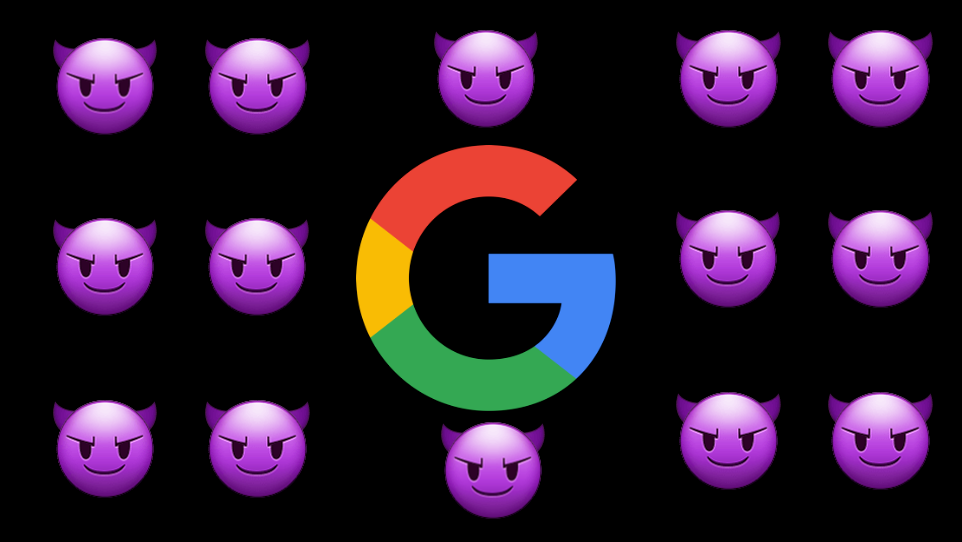Step-by-Step Guide to Fighting Fake Google Review Attacks
Fake review attacks are an ongoing and serious problem. Google makes it difficult to get them removed but with inside knowledge and determination it is possible.

Fake review attacks at Google are on the increase. Few things about Google or online marketing can strike more fear into the heart of business owners.
What can you do if it happens to your business?
